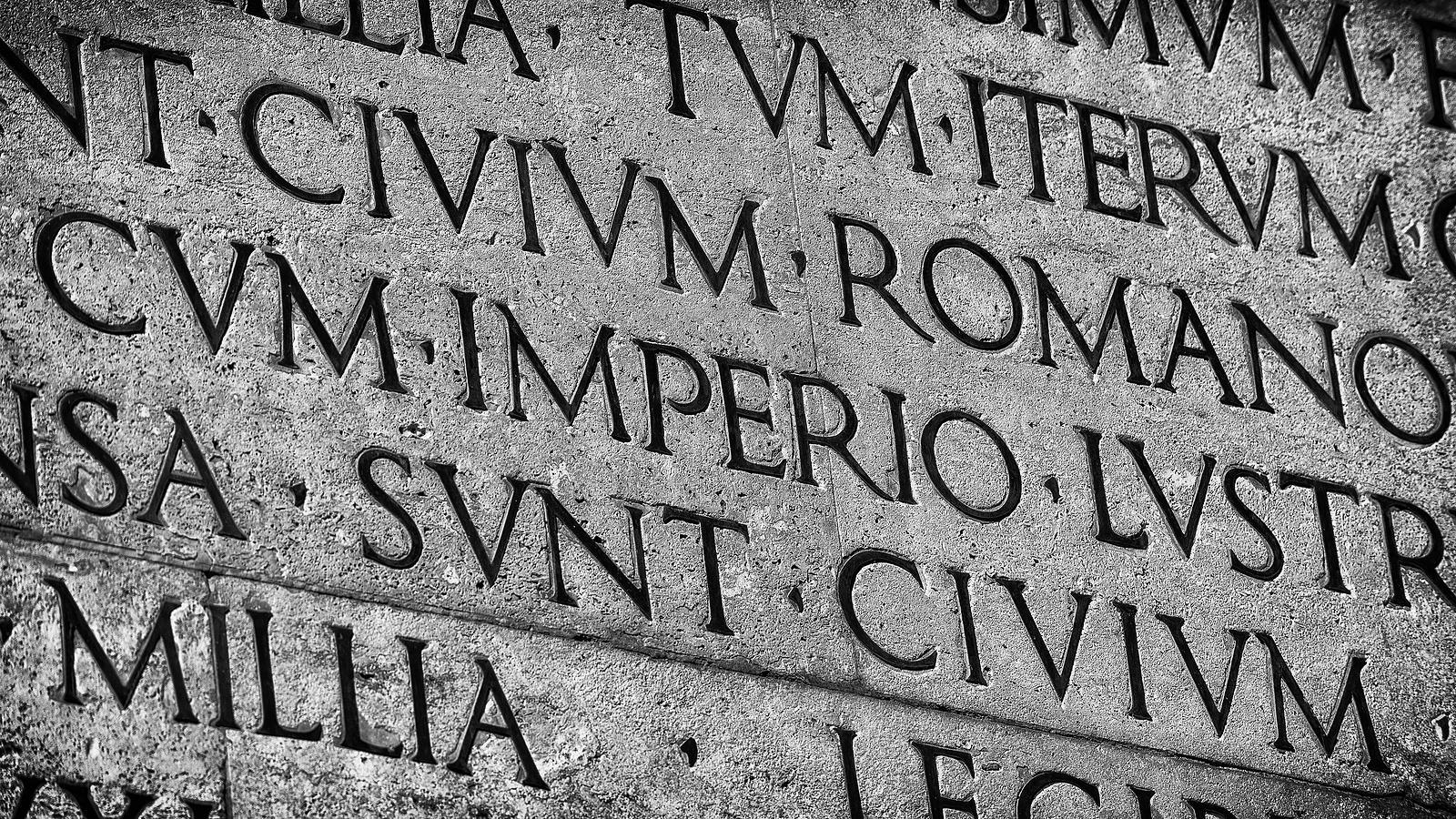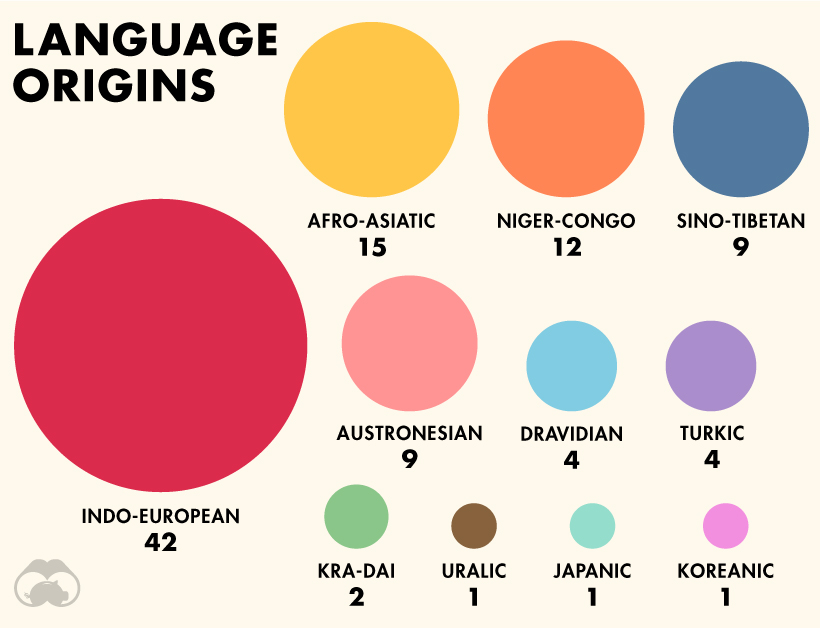When did latin die
Table of Contents
Table of Contents
Have you ever wondered when Latin became the official language of the Catholic Church? The answer may surprise you. Read on to discover the history behind this ancient language’s role in the Church.
Pain Points
The use of Latin in the Catholic Church can be a mystery to many people. They may wonder why a language that is no longer spoken is still used in the Church’s liturgy and official documents. Others may feel excluded from the Church because they do not understand Latin or because they feel that it creates a barrier to their participation in mass.
When Did Latin Become The Official Language Of The Catholic Church?
The use of Latin in the Catholic Church can be traced back to the early days of Christianity. Latin was the language of the Roman Empire, and the Church adopted Latin as its official language in the Western Roman Empire. This decision was made in the 4th century A.D. by Pope Damascus I.
Summary of Main Points
In summary, Latin became the official language of the Catholic Church in the 4th century A.D. The Church adopted Latin as its official language in the Western Roman Empire because it was the language of the Roman Empire. The use of Latin in the Church’s liturgy and official documents has continued for centuries, though today it is often seen as a barrier to understanding and participation in the Church.
Personal Experience
When I first attended a Latin Mass, I was both intrigued and intimidated. The use of a language that was not commonly spoken made me feel like an outsider, but I was also fascinated by the history and tradition behind it. As I learned more about the Church’s use of Latin, I came to appreciate its role in preserving the Church’s teachings and traditions.
 Current Use of Latin in the Church
Current Use of Latin in the Church
Today, Latin is still used in some parts of the Church’s liturgy, including the Traditional Latin Mass. It is also used in official documents and in the naming of new Popes. While its use has declined in recent years, many Catholics still find value in the use of Latin as a way to connect with the Church’s history and tradition.
 ### Why Latin is Used in the Church
### Why Latin is Used in the Church
One reason that Latin is used in the Church is that it is a language that is not subject to change or evolution. This means that the Church’s teachings and liturgy can be preserved in their original form, without the risk of interpretation or alteration. Latin is also seen as a way to connect with the Church’s history and tradition, which many Catholics find meaningful.
 #### Challenges of Using Latin in the Church Today
#### Challenges of Using Latin in the Church Today
One of the biggest challenges of using Latin in the Church today is that it can create a barrier to understanding and participation in the liturgy. Many Catholics do not understand Latin or find it difficult to follow along with the Mass when it is celebrated in Latin. Additionally, the Church’s use of Latin can make it seem outdated or out of touch with modern society.
 Personal Reflections on Latin in the Church
Personal Reflections on Latin in the Church
For me, the use of Latin in the Church has been both a source of fascination and frustration. While I appreciate the history and tradition behind it, I also struggle with feeling excluded from the liturgy when it is celebrated in Latin. I believe that the Church must find a way to balance its use of Latin with the need to make the liturgy accessible and meaningful to all Catholics.
Question and Answer
Q: Why did the Church adopt Latin as its official language?
A: The Church adopted Latin as its official language because it was the language of the Roman Empire, which was the dominant power in the Western world at the time. Latin was a common language that could be understood by people across the Empire.
Q: Why is Latin still used in the Church today?
A: Latin is still used in the Church today as a way to connect with the Church’s history and tradition. It is also seen as a way to preserve the Church’s teachings and liturgy in their original form.
Q: Why do some Catholics feel excluded from the Church because of its use of Latin?
A: Some Catholics feel excluded from the Church because they do not understand Latin or because they feel that it creates a barrier to their participation in the liturgy. Additionally, the use of Latin can make the Church seem outdated or out of touch with modern society.
Q: Is Latin still an important part of the Catholic Church’s identity?
A: Yes, Latin is still an important part of the Catholic Church’s identity for many Catholics. It is seen as a way to connect with the Church’s history and tradition, and to preserve the Church’s teachings and liturgy in their original form.
Conclusion of When Did Latin Become The Official Language Of The Catholic Church
In conclusion, Latin became the official language of the Catholic Church in the 4th century A.D. and has been used in various ways ever since. While its use has declined in recent years, many Catholics still find value in the use of Latin as a way to connect with the Church’s history and tradition. However, the Church must find a way to balance its use of Latin with the need to make the liturgy accessible and meaningful to all Catholics.
Gallery
A Dead Language? 5 Facts About Latin In The Catholic Church - Busted Halo

Photo Credit by: bing.com / catholic latein electomagazine bustedhalo gestae
Why Did Latin Die? All Answers - Barkmanoil.com

Photo Credit by: bing.com /
When Did Latin Die? - Ancient Language Institute

Photo Credit by: bing.com / latin when die did language ancient
When Did Latin Die? - Ancient Language Institute

Photo Credit by: bing.com /
When Did Latin Die? - Ancient Language Institute

Photo Credit by: bing.com /







